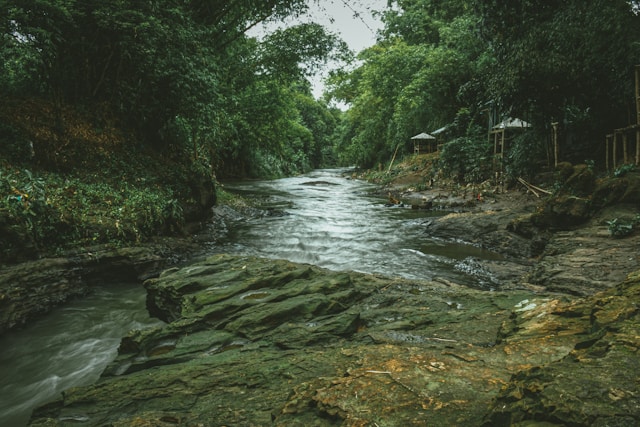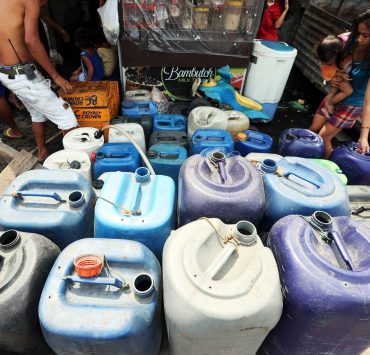Protecting Asia-Pacific forest, water resources

Phnom Penh—United we stand, divided we fall. It’s a cliché, but one worth reminding ourselves of when talking about access to fresh water in the Asia-Pacific region. It is imperative to work together, within countries and across borders, to share and protect this precious resource.
Like water, our forests recognize no boundaries but are equally vulnerable, and play an important part in our region’s commonly shared ecosystem. We need a united front to protect and restore our forests for the common good. This month, the world and the Asia-Pacific region will observe two special days back-to-back—International Day of Forests on March 21, and World Water Day on the 22nd.
While each day has its own theme, “Forests and Innovation” and “Water for Peace,” their natural bond is evident and essential. The latter reminds us that water can be a tool for peace, but lack of access to water or unfair advantage by one country or community, can spark and intensify conflict and hostility. Similarly, neglect and overexploitation of forests can lead to land disputes that can spill across borders and impact communities, particularly those of indigenous peoples in our region. This is why countries in Asia and the Pacific need to work together to protect and enhance our common forest and water resources for this generation and those still to come.
From the perspective of forests’ and water’s link to agrifood systems in the region—the systems that provide us the nutrition we need to survive and thrive—the stakes are high. Water resources form the basis of agrarian prosperity and economic development. The vast majority of aquaculture produced in the world comes from this region. Yet more than 90 percent of this region’s population is on the brink of a water crisis, with water scarcity increasing across Asia and the Pacific. Transboundary water resources add a layer of complexity to the water scarcity challenges, with over 780 million people depending on transboundary rivers in the region. Governance of these shared water resources is vital for sustaining livelihoods, agriculture, and development, as well as for securing regional and international peace and prosperity.
However, national water policy and regulatory responses in the Asia-Pacific are often limited and, in some cases, not effectively operationalized in practice. Meantime, transboundary water treaties and institutions need greater political support. Hence, there is an urgent need to support countries in building stronger policy frameworks to navigate water scarcity, ensure inclusion in water management decisions, collect data, and establish sustainable and equitable water allocation systems.
Working together, with shared commitments and actions, water and peace can coexist. In this region, the United Nations (UN) Food and Agriculture Organization has established a FAO Asia-Pacific Water Scarcity Program to bring water use to within sustainable limits. FAO is also working with eight countries in the Asia-Pacific region to help improve transboundary cooperation for effective management of shared water resources.
Reducing the degradation of forests goes hand-in-hand with securing water resources. In forestry, FAO has worked with partners to compile a range of innovative technologies in the forest sector. Many of these innovations are being successfully applied in the region. Examples include the use of drones and advance remote sensing in forest management. Many countries in this region, with help from FAO, are deploying geospatial technologies for strengthening national forest monitoring. Such innovations are important in the context of promoting a sustainable supply and use of forest ecosystem services, and are crucial for advancing a sustainable bioeconomy. Employing them further can help achieve other objectives, like mapping and securing customary land which can empower the region’s indigenous peoples.
Indeed, innovative approaches under the UN Decade on Ecosystem Restoration can contribute one-third of the total climate mitigation needed to limit warming to below 2 degrees Celsius by 2030, while boosting food security and livelihoods. We can already see the power of research and science, and how they are pushing the boundaries of what we can do to protect and make better use of our forests and water resources. By doing so, we can provide significant socioeconomic and environmental benefits for countries in the Asia-Pacific region. Let’s work together to help Mother Nature’s children not only survive but thrive. The Phnom Penh Post/Asia News Network-
Jong-jin Kim is assistant director general and regional representative of the UN Food and Agriculture Organization.
The Philippine Daily Inquirer is a member of the Asia News Network, an alliance of 22 media titles in the region.

















